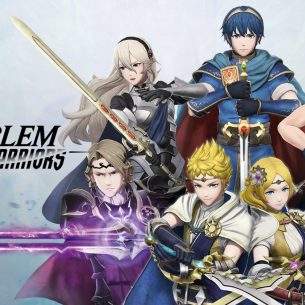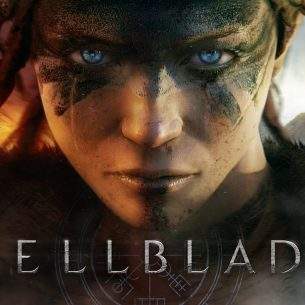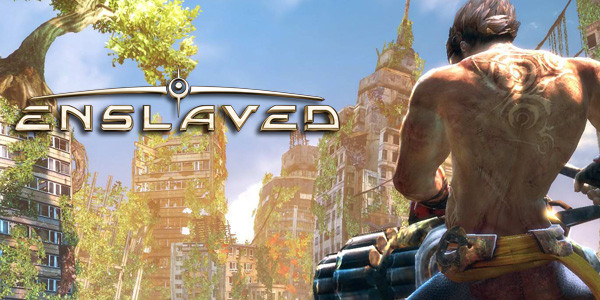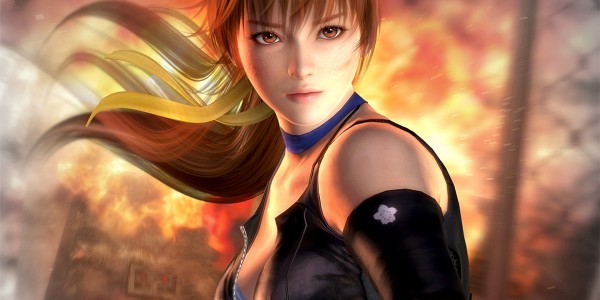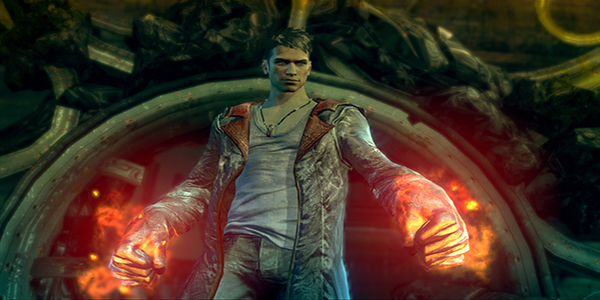Archive Post
Home / Ninja Theory
Fire Emblem Warriors | Review
In 2014, Hyrule Warriors was released by Koei Tecmo, Ninja Theory and Omega Force. These…
Hellblade: Senua’s Sacrifice | Review
Hellblade: Senua’s Sacrifice has made quite the splash in the gaming scene as of recently.…
Enslaved: Odyssy To The West Coming To PC
Ninja Theory's 2010 underdog Enslaved has been confirmed by Namco Bandai to be getting a…
DmC: Devil May Cry | Review
Version tested: PlayStation 3 Devil May Cry returns as DmC, a new vision for the series by…
Dead or Alive 5 Plus Announced for Vita
If you wanted to get more and more of those beautiful women that will kick…
A DmC Demo Is Coming, And Mundus Is Back
Great news for the few people that are actually excited for Ninja Theory's DmC. Earlier…

